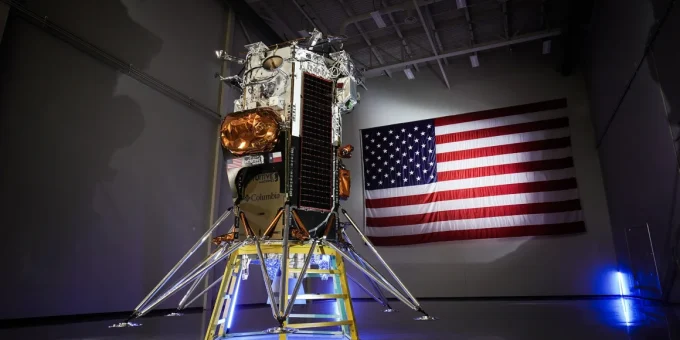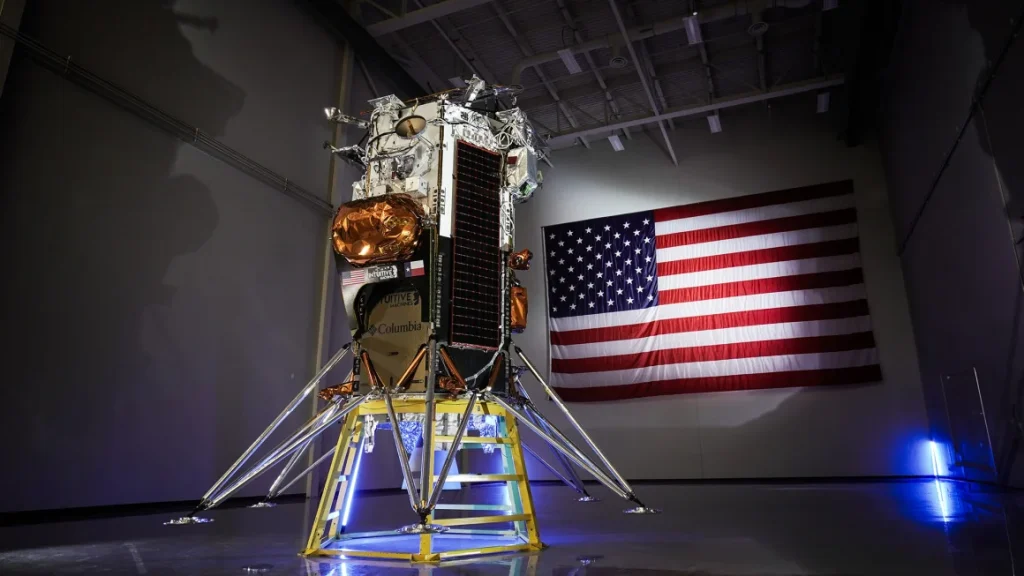
CAPE CANAVERAL – After a failed lunar landing mission last month, NASA is preparing to make a second attempt to complete the first touchdown on the moon for the US in more than five decades.
The lunar lander, nicknamed Odysseus, or Odie for short, will launch from Cape Canaveral, Florida, on Wednesday at 12:57 a.m. ET atop a SpaceX Falcon 9 rocket.

Once in Earth’s orbit, the lunar lander will separate from the rocket and begin flying through space for a little over a week.
The rocket will propel the spacecraft into an oval-shaped orbit extending to around Earth at 380,000 kilometers (236,100 miles). It will amount to “a high-energy fastball pitch towards the moon,” as Intuitive Machines CEO Stephen Altemus said. His Houston-based company developed Odysseus.
If successful, Odysseus would become the first US spacecraft to make a soft landing on the moon since 1972 with the Apollo 17 mission.
The Odysseus lander is a model called Nova-C, which Intuitive Machines describes as roughly the size of a British telephone booth with legs attached.
The company aims to land the spacecraft near the moon’s south pole, an area of high interest in the space race. This region is suspected of being home to water ice that could one day be converted into drinking water for astronauts or rocket fuel.
The south pole is also the same lunar region where NASA seeks to land astronauts later this decade.
The lander will be equipped with six NASA payloads — an array of scientific instruments designed to test new technology or evaluate the lunar environment, such as a study of how the moon’s soil behaves during landing.
Also on board will be commemorative objects — including a sculpture representing the moon phases designed in consultation with Jeff Koons — and technology from private-sector companies, including Columbia Sportswear, which developed insulation material for the lander.
If all goes according to plan, Odysseus will spend seven days operating on the moon as the lunar lander basks in the sun. But as the landing zone moves into Earth’s shadow, experiencing lunar night, the spacecraft will be put to sleep.
Information: CNN.



